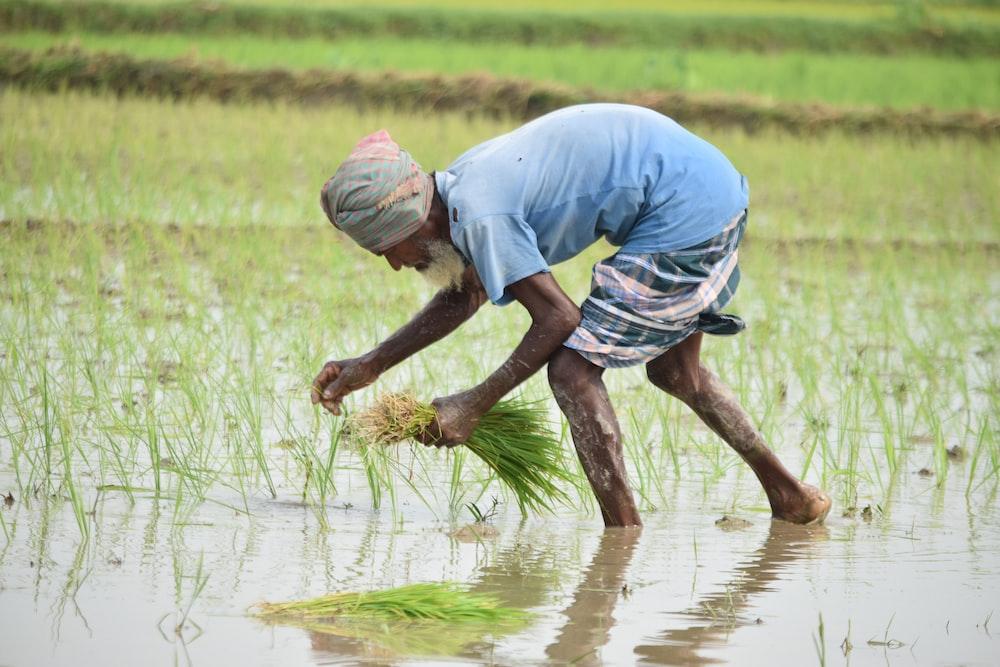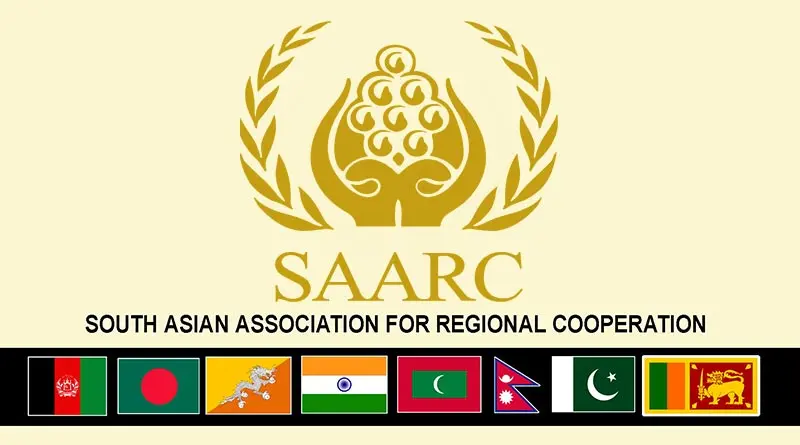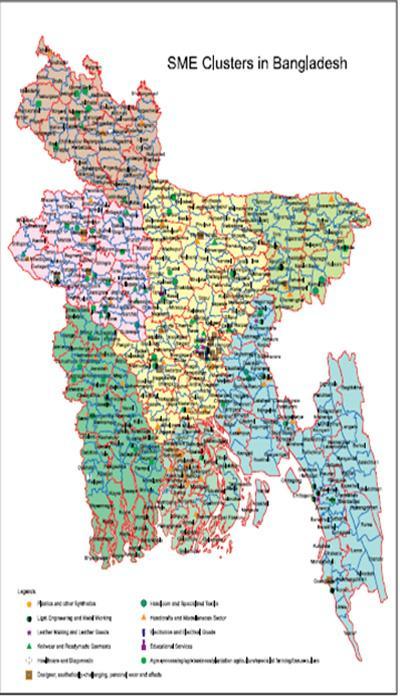Poverty Reduction in Bangladesh
Poverty Reduction in Bangladesh Compiled from the Speeches of one of the Former Presidents, FBCCI Bangladesh is one of the most densely populated countries in the world. Nearly 80 percent of the people live in the rural areas and…
Read More











 by
by